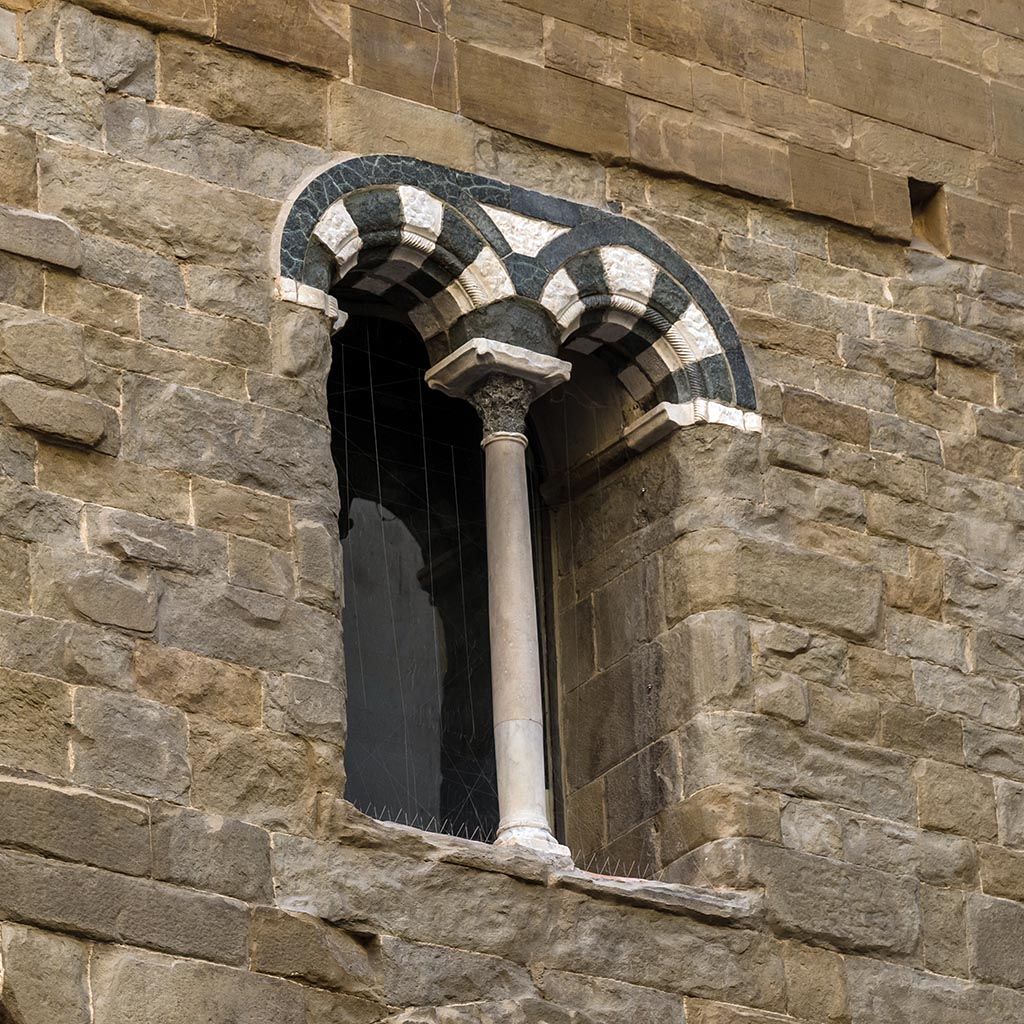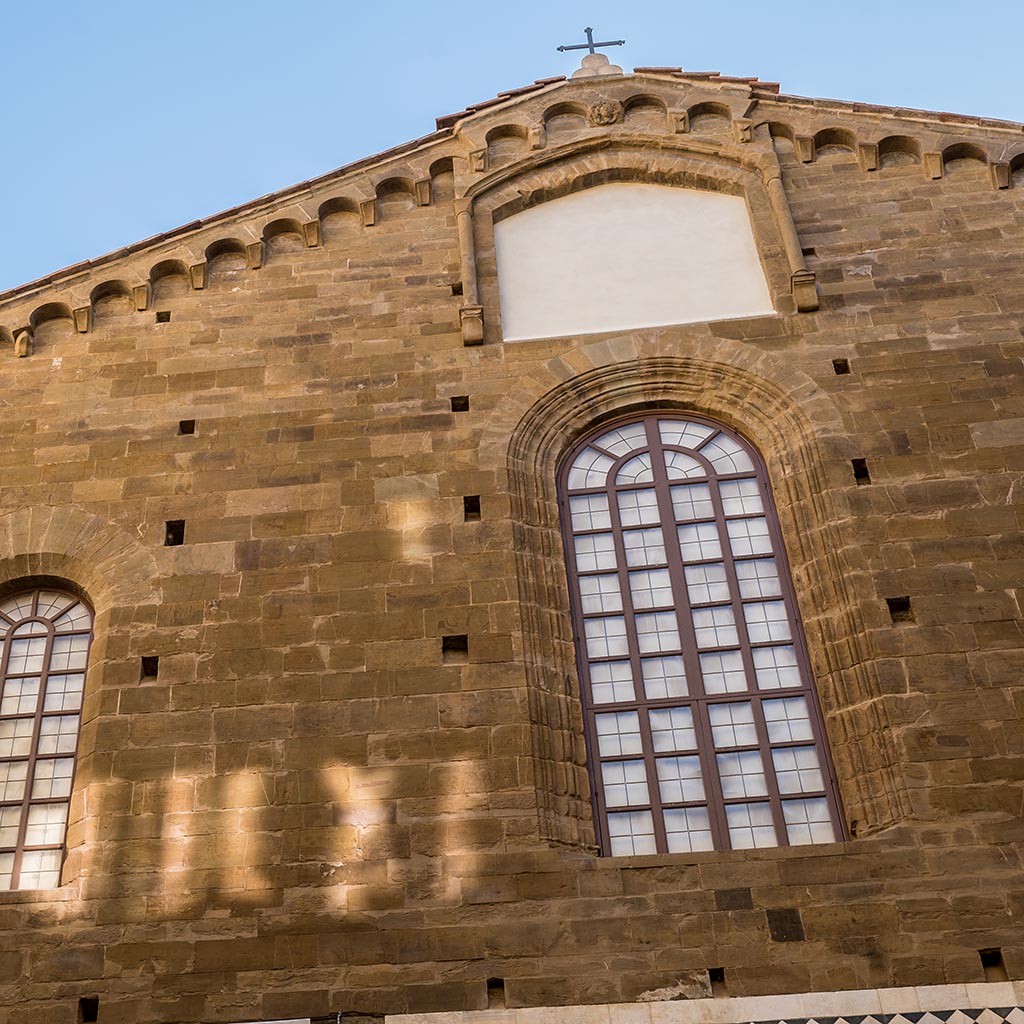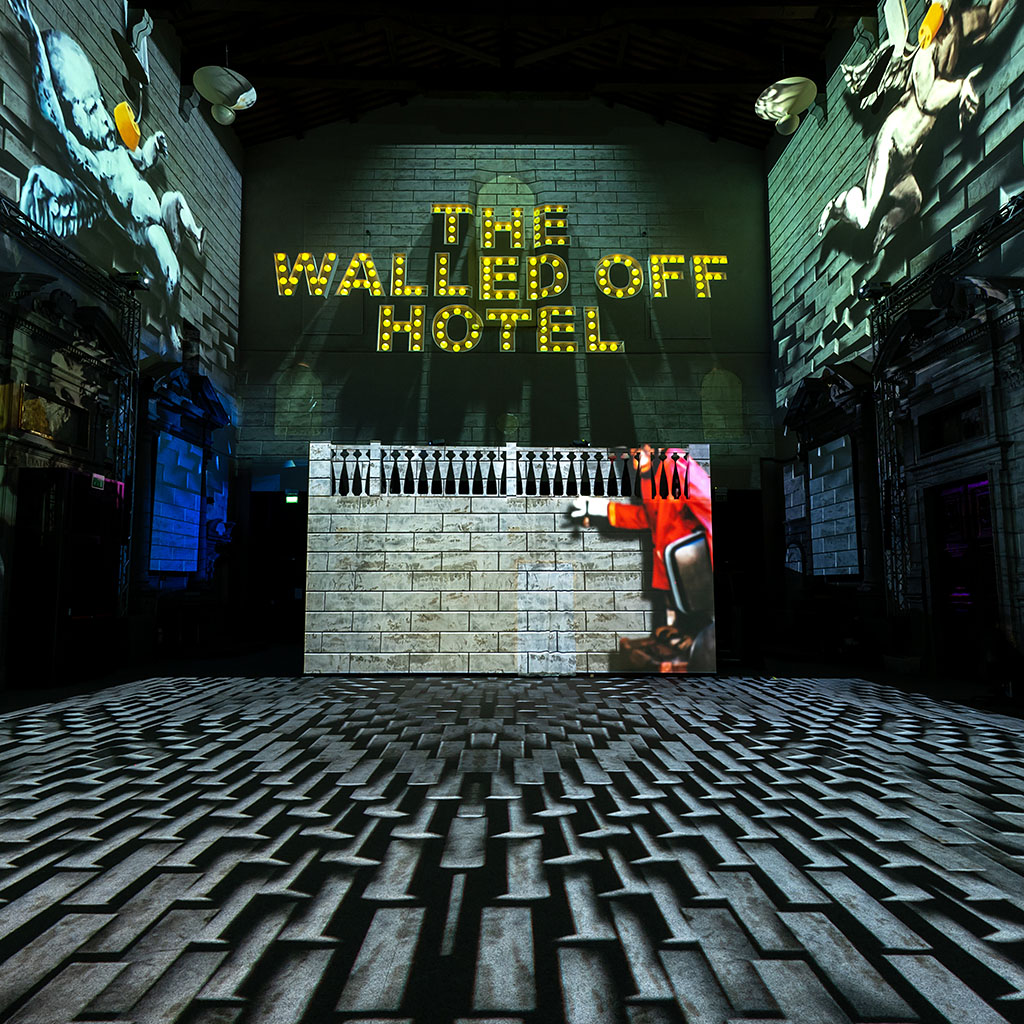The Cattedrale dell’Immagine
The Cattedrale dell’Immagine – namely the Cathedral of the Image – is Italy’s first permanent centre dedicated to immersive art. Over the years, its immersive exhibitions paid homage to the world greatest art masters, but they also winked at the contemporary world, from street art to NFT.
The renovation of the space has preserved the original beauty of the church and transformed it into a contemporary and versatile space. Thanks to its location in the heart of Florence, the Cattedrale is easily accessible, and it represents an important destination for digital art and culture enthusiasts from all over the world.
Originally built in Medieval times, the now deconsecrated church of Santo Stefano al Ponte has been wisely tailored to become the perfect showcase for immersive art. The interiors have been digitally mapped, and thanks to the digital projection techniques and to the most advanced audio-visual technologies, the Cattedrale has been offering for years a top-level digital art experience, able to engage its public in a unique sensory journey.
The renovation of the deconsecrated church has preserved the original beauty of the structure and transformed it into a contemporary and versatile space. Thanks to its central location in Florence, the center is easily accessible and an important destination for digital art and culture enthusiasts in Italy and Europe.
Alongside its main activity, the Cattedrale dell’Immagine offers an important and innovative stage for the Florence music scene. The acoustics of the venue allows exceptional musical performances for every taste, from classical music to the most innovative types of performances, offering the public an immersive and captivating experience.






The Church History
Santo Stefano al Ponte is a Romanesque church located in the square of the same name in the center of Florence. This hidden gem is a few steps away from the famous Ponte Vecchio, in the heart of the Tuscan capital.
The first documentation of the church dates back to 1116, in the very first list of Florentine churches. It was thus reconstructed that the church had been originally built between the 11th and 12th centuries, in the Romanesque style, with a polychrome marble facade and a three-nave interior. Over the centuries, the church underwent numerous structural changes and in the 14th century, the exterior of the church was redesigned. Today, only the marble section around the portal remains of the original facade. The crypt and the choir were added between 1631 and 1655.
The church houses many invaluable artworks, including a panel of a Madonna by Giotto, located in the adjacent diocesan museum, the majestic staircase with balustrade by Bernardo Buontalenti, originally part of the Santa Trinita church, and the altar by Giambologna.
The twentieth century has severely affected the Santo Stefano al Ponte church, first with the Second World War bombings, and then with the 1966 flood and the terrorist attack in via dei Georgofili, in 1993. Every damage was followed by a fine reconstruction of the structure, that was officially closed to worship in 1986, turning it into an auditorium.
From 2015, Santo Stefano al Ponte is being managed by Crossmedia Group, that renamed it Cattedrale dell’Immagine and turned it into Italy’s first permanent centre dedicated to immersive art.
